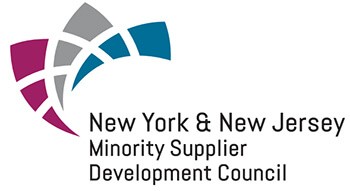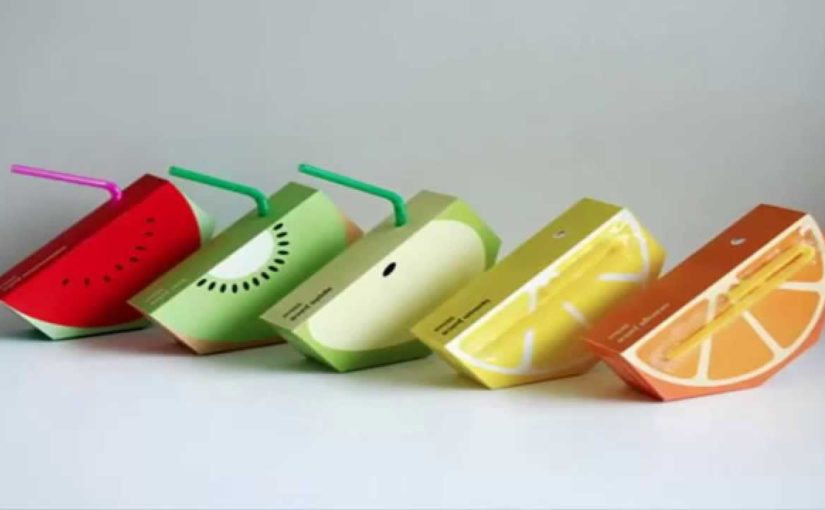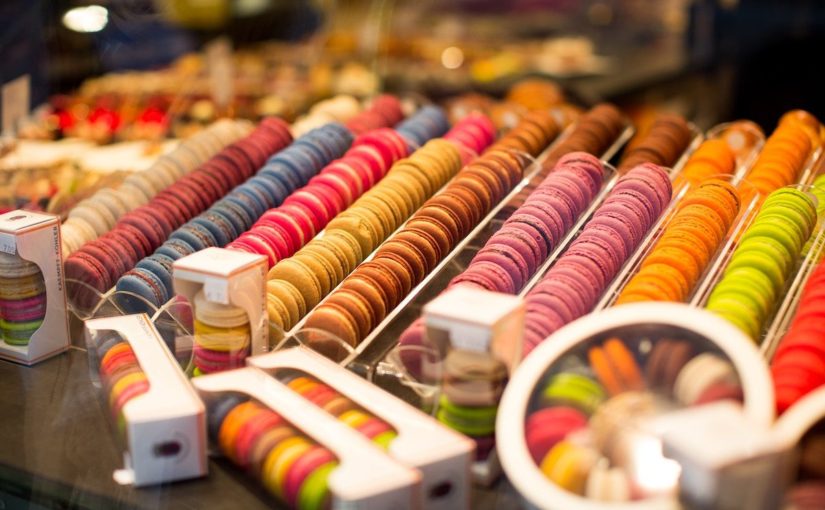
Your favorite beverage can and the packaging of those yummy snacks are likely to change in the coming years. In other words, the packaging is going through a massive transformation over the years.
And this massive transformation is owed to many factors, such as continuing pressure from the government; the inclination of consumers towards sustainable products; innovation among manufacturers to get a competitive edge; and the efforts to improve the shelve life of the product.
New packaging technologies have changed how we use products from increasing the shelf life of a fresh product to enhancing packaging and product functionality, so no wonder that packaging has an important role in ensuring the ever-increasing list of requirements is met.
In this piece of blog, we will review what product packaging might look like in the future—from the minimal use of plastic to innovative features for ensuring more functionality.
And who can tell better than these experts we have listed below.
Working over Concerns Can Redefine the Things…
David Feber is working with McKinsey and Company to help businesses with packaging solutions. His take on the future of packaging includes a concern as he says—
“Packaging is ubiquitous. It touches almost every person on the planet. It affects things that human beings need to survive: food, healthcare, personal care. All of that is packaged. Today, none of that has a lot of intelligence. But there are real concerns with a lot of those products. There are concerns of spoilage, there are concerns of authenticity (“Is this what I thought I was getting?”), and there are concerns of origin (“Where is this coming from?”). With different types of intelligence and sensing, those packages can be much more dynamic and can help in two ways. One way is, “Don’t throw this out, even though it’s past its expiry date.” Or, on the other side, “That yogurt container that you just bought that is supposed to last two weeks hit a temperature that caused it to spoil, and don’t consume it.” Those are the types of examples that we suspect we’ll see.”
(Courtesy: McKinsey.com)
Sustainability will Rule the Packaging World…
Sara Shumpert is an MD at the Packaging School. She believes that sustainability is going to be the heart and soul of the packaging industry in coming years.
“As we transition from the shelf to the doorstep – E-commerce or direct to consumer- it requires a rethinking of both product and package design. Whereas packaging for retail must command a purchase-worthy first impression, packaging for e-commerce needs to be equipped for the distribution environment, meaning it’s lightweight and durable.
Sustainable packaging is no longer a trend but an expectation of consumers. We see companies tackling sustainability in more innovative ways than just lightweight materials.”
(Courtesy: As she told GlobalVision)
Packaging Can Make or Mar Your Brand…
Startups with innovative packaging have outwitted the already established brands as opined by Dorris Brown-McNally, WW Brand Innovation, partner development manager at HP, Inc.
“Over the last decade, many incumbent/heritage brands have been consistently outmaneuvered by innovative upstarts. To join the ranks of the growth leaders, consumer-goods companies must create an agile growth environment. That starts with bringing their entire organisation, from marketing to production, into an integrated organism. The results can be impressive. In product lines where agile is used, companies have seen as much as a fourfold increase in revenues, and the time it takes to get new marketing ideas in front of customers has compressed from multiple weeks or months to less than two weeks. Advancements in packaging innovation and digital print are at the core to many of the companies who are succeeding.”
(Courtesy: Packaging-Gateway.com)






